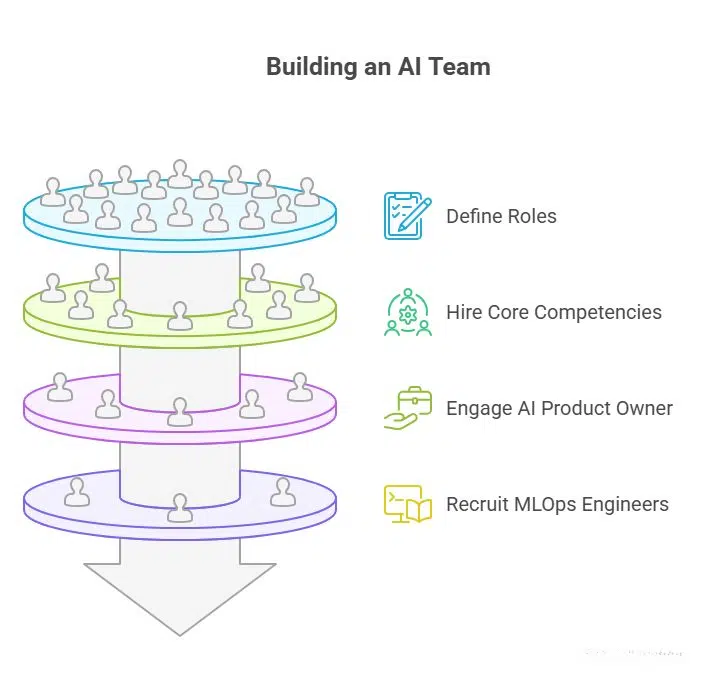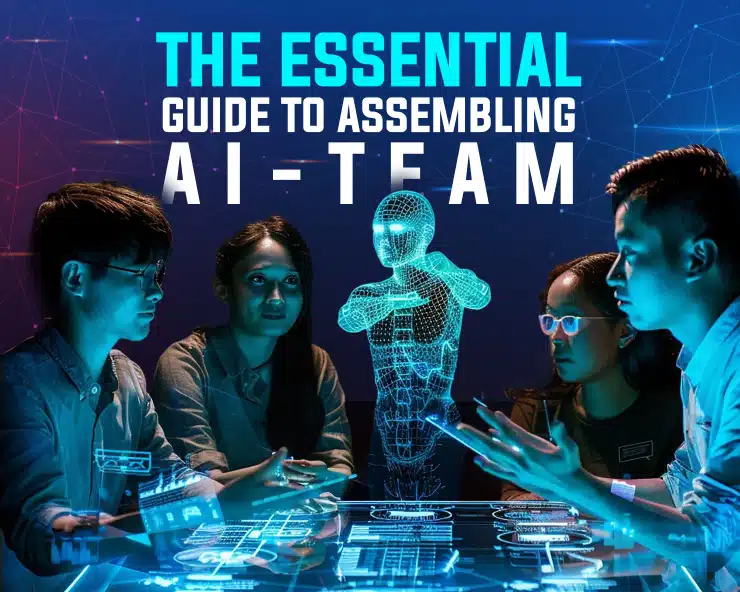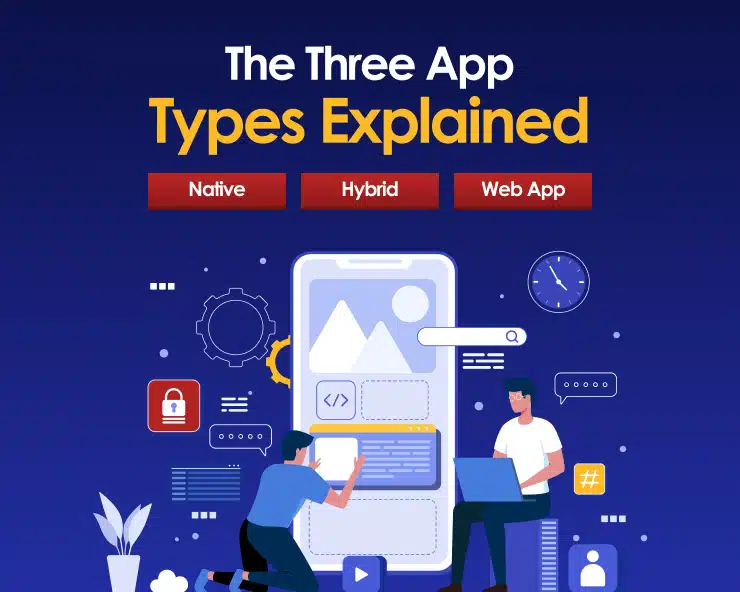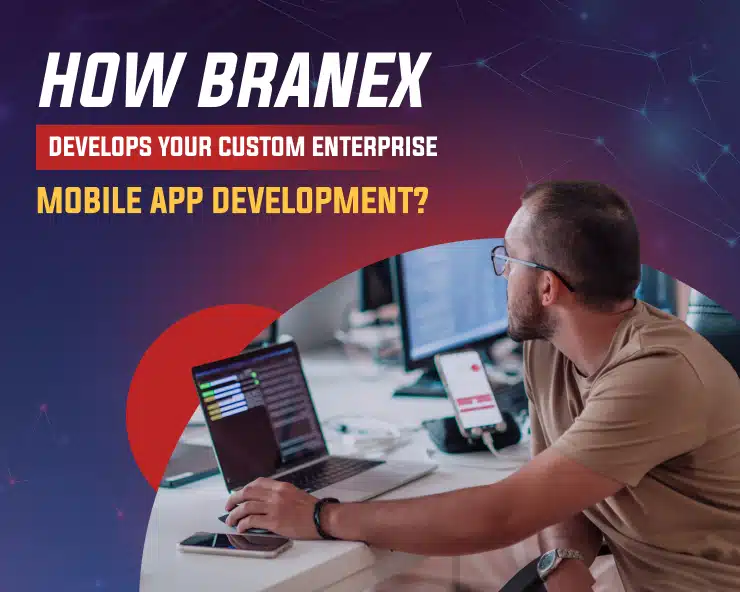A study by A.Team shows 94% of tech leaders experience talent constraints as the primary barrier to AI innovation.
Almost 85% say they have paused or delayed critical AI initiatives just because they lacked onboarding the right AI experts for the job.
Today, many organizations are eager to integrate artificial intelligence, yet they fail to realize that adaptation isn’t the problem.
It’s having the right people with the creative understanding of using AI tools to produce successful outcomes.
AI experts are emerging, and so are the salaries and incentives backing this new wave of digital talent.
This shift often requires organizations to wonder how they can structure companies to better compete, innovate and sustain overall growth.
As business leaders, your end goal should be to minimize errors AI make and ultimately increase its usefulness.
At Branex, we follow a proven method; a formula that helps us assemble the right AI team to do your biddings.
Assessing Your AI Requirements
If you’re planning to put together your AI dream team, you need to first assess your AI requirements.
You can start by running an audit and checking up what you already have in your inventory.
It will give you enough clarity on whether you’re missing talent, data, tools, or operational processes that your AI project depends on.
Once you find the internal gaps, you can move toward shaping a clear direction for your AI goals.
Define Your Use Case
Think first, why do you need to implement AI and what problem can it possibly solve? Will it have any possible business outcome that will lead to your business success and save you cost effectively?
Let’s say, your lead generation pipeline doesn’t have an organized way to funnel down leads to the right people. You want to use AI to automatically screen incoming sales leads from the website.
The AI Agent may further categorize them based on intent and instantly route it to the most appropriate sales or support team member.
It will send the right lead to the right person quickly preventing sales representatives from wasting precious or unqualified lead entries or unnecessary inquiries.
Your core problem that AI solves:
Slow and inconsistent lead triage leading to poor conversion rates.
By integrating AI correctly, what you will achieve is:
- An increase in the speed of lead assignment and corresponding lift in conversion rates.
- Reduce the average lead qualification and routing time from long hours to short periods.
- Prevent sales team drain by reducing their time in handling lists of unqualified leads manually.
This use case will help you assemble the right team to build your Agentic AI solution.
Do you want to learn how AI assistants can transform daily lives?
Also Read: How AI Assistants Transform Daily Lives?
Once your use case is clear, you can move into assembling the team responsible for turning that idea into a functioning system.
Assemble Your AI Team
Once you have a clearly defined use case like the AI Lead Qualification and Routing System, you can work backward to find the best skills you need to build your AI agentic solution.
The team you assemble should bring together business insight, data expertise, machine learning skill, and deployment engineering to develop a fully integrated AI-powered lead qualification solution. With the right mix of talent supported by AI consulting services, AI strategy, AI integration, and enterprise AI development, you can ensure your system is scalable, accurate, and aligned with your business goals.
Below is a structured breakdown of the roles you’ll need and what they contribute to your AI project:
| Role | Primary Skillset | Key Responsibilities for Lead Routing AI |
| 1. Business Owner / Product Manager | Business Strategy, Sales/CRM Process Knowledge, Stakeholder Management | Defines Success: Owns the “Why” and the outcome (5% conversion lift). Defines the qualification criteria (what makes a Tier 1 lead). Manages the product backlog and coordinates between Sales and Tech. |
| 2. Data Scientist (Lead) | Machine Learning (NLP/Classification), Statistical Modeling, Python/R | Model Development: Cleans and labels historical lead data. Builds, trains, and tunes the text classification model to predict lead score and intent. Selects the final algorithm. |
| 3. Data Engineer | ETL (Extract, Transform, Load), Database Management (SQL), Data Pipelines | Data Foundation: Designs and builds the robust pipeline to ingest lead data in real-time from the web forms/CRM. Ensures data quality and feature store availability for the model. |
| 4. ML Engineer (MLE) | MLOps, Software Engineering, Cloud Deployment (e.g., AWS/Azure/GCP) | Deployment & Scale: Implements the model into a production environment (API endpoint). Sets up monitoring, logging, and automated model retraining/versioning (MLOps). |
| 5. Software Engineer / Integration Specialist | API Integration, CRM/Marketing Automation Systems (e.g., Salesforce, HubSpot) | System Connection: Integrates the model’s output (the lead score/routing category) directly into the CRM’s workflow for instant assignment. Develops the front-end logic for the routing. |
| 6. Sales/Process Analyst (SME) | Deep knowledge of the current Sales Playbook, Lead Sources, and SDR workflow | Ground Truth & Testing: Provides labeled historical data (manually qualified leads). Validates model output against business rules and participates in user acceptance testing (UAT). |
Decide Whether to Hire or Partner Up
Now, there are two options to assemble your AI team.
The best choice comes down to what specific role you require, the expertise you need and how soon you need to deliver the project.
When Hiring is a Suitable Option?

1. Define Roles
Hiring is the process of onboarding an individual or a team to work on your internal AI project on your behalf. In our case, you need to focus on a team that’s familiar with the lead generation.
The central roles that you will hire or engage for your company’s success will be individuals who are capable of solving problems yet familiar with setting AI initiatives aligned with your organizational goals. This is where you will define their specific roles.
Partnering with an AI Software Development Company gives you access to experts in AI consulting, AI strategy, AI development services, and custom AI solution design—ensuring your lead generation and qualification system is built with the right architecture, automation capabilities, and long-term scalability in mind.
2. Hire Core Competencies
As far as hiring goes, you would want to hire core competencies. You want people who are ideal at solving problems, yet they have a sound understanding of working on AI & ML.
3. Engage AI Product Owner
For example, if you’re planning to design an agentic AI capable of working with lead generation funnels & processes, then you want to hire an AI Product Owner to govern it.
This product owner will be responsible to understand the business problem, prioritize features and implement compliance with governance following specific industry AI standards.
Since this role is very crucial for your AI solution’s success, where you will be handling over the control of your AI’s regulatory defense, it’s better to hire someone who is eligible.
4. Recruit MLOps Engineer
You will also need people to design the machine learning lifecycle of your AI product.
For example, you will require MLOps engineers especially when you will move beyond pilots. These engineers will continuously deploy, monitor, and eventually retrain models (under the governance of the AI Product Owner). Without having an internal team governing the project, you will be dealing with a fragile system which can easily succumb to failure and distortions.
When It’s Suitable to Partner Up?

Partnering up refers to bringing a core software team to set up your infrastructure without having to bear the cost of in-house hiring.
You find a suitable third-party agency who can work on your Agentic AI system on your behalf. This way, you own the product, but a third-party agency designs, develops & maintains it.
Branex is an AI development company where we are fully capable of designing & developing your next Agentic AI software solution.
With in-house hiring, you’re often struggling with retaining headcounts; but a more strategic value comes from working with a team that has already gained momentum with AI guardrails.
And with an AI development company such as Branex, you don’t have to worry about this.
You can have our LLM developers or data engineering experts without worrying about their pay scales and human resource management.
The best part? You get a high-quality end-product that’s ready to implement & scale.
Branex – Our Internal Case Study
How Branex Built an Agentic AI Lead Routing System for a B2B Client
To put our AI methodology into practice, here’s a look at how Branex designed and deployed an Agentic AI Lead Qualification and Routing System for the internal B2B sales department struggling with slow, inconsistent lead handling.
The Problem
Our sales pipeline was clogged with unfiltered, low-intent inquiries.
The sales team spent hours manually checking, sorting, and assigning leads, which led to delayed responses, missed opportunities, and a declining conversion rate.
The core challenges we faced:
- No centralized mechanism to categorize leads
- Delayed assignment to the right sales personnel
- High volume of unqualified leads draining team bandwidth
- No visibility into which leads truly mattered
The business needed an AI-driven system that could screen, categorize, and route leads instantly — without depending on manual touchpoints.
Our Approach
Branex followed the same structured framework explained above:
1. Assessing Requirements
We started by auditing their CRM data, conversion history, and sales workflows to understand where the lead triage was breaking.
2. Defining the Use Case
The exact problem was mapped:
“Reduce lead qualification and routing time from hours to minutes, while lifting conversion performance.”
This clarity guided the team structure.
3. Assembling the AI Team
We brought together:
- AI Product Owner to define success criteria and business rules
- Data Scientist to build a classification model that scored and categorized leads
- Data Engineer to create real-time pipelines from forms and CRM
- ML Engineer for deployment, monitoring, and retraining cycles
- Integration Specialist to connect outputs into the client’s CRM workflow
- Sales SME from the client’s team for validation and continuous feedback
Each role aligned directly with the business and technical needs.
The AI Solution We Built
Based on the resource gathered, Branex developed an Agentic AI system capable of:
- Reading incoming lead messages in real time
- Classifying them by intent, urgency, and relevance
- Scoring confidence levels per category
- Automatically routing qualified leads to relevant team members
- Flagging unqualified inquiries without human involvement
- Logging performance metrics and feedback loops for improvement.
The model was powered by NLP and classification algorithms trained on historical lead data the client provided.
The Results We Achieved
Within 60 days of deployment, the impact was measurable and immediate:
- 72% reduction in lead qualification and routing time
- 22% increase in qualified lead conversions
- Zero manual sorting required for low-intent inquiries
- Faster sales responses, often within minutes
- Higher sales team efficiency, with reps focusing only on high-value opportunities
Conclusion
Building an AI team isn’t just about hiring top talent, it’s more about aligning people, processes, and technology toward a shared goal.
We did our requirement analysis, defined clear use cases, assembled the best team and found out potential risks improving upon them iteratively.
It helped us unlock the maximum potential of AI within our organization.
And we successfully integrated it with our lead funnel’s cycle!
Do you want to set up your own AI team to design your AI Lead Qualification and Routing System?
Bring Branex in and get yourself an AI team to design your perfect roadmap
…and for its successful execution.
FAQs
1. What does an AI services company do?
An AI services company helps businesses design, develop, and deploy AI solutions that automate workflows, improve efficiency, and drive measurable outcomes.
2. Why should a business hire an AI consulting firm?
An AI consulting firm provides expert guidance to identify the right use cases, assess data readiness, and create a roadmap for successful AI adoption.
3. How do AI consulting services help define the right use case?
AI consultants analyze your business challenges, data, and workflows to pinpoint where AI can deliver the highest impact with the lowest risk.
4. What makes an AI development company important for businesses?
An AI development company brings technical talent like data engineers, ML engineers, and LLM developers to build custom AI systems aligned with your goals.
5. What is Agentic AI and why do companies need it?
Agentic AI refers to AI systems that take autonomous actions such as routing leads, automating workflows, or triggering tasks without human involvement.
6. How can an AI services company improve lead qualification?
By using NLP, classification models, and workflow automation to score leads, detect intent, and route them instantly to the right team.
7. Does partnering with an AI consulting company reduce costs?
Yes. Instead of hiring full-time AI teams, partnering with an AI consulting company gives you access to expert talent at a fraction of the cost.
8. How fast can an AI development company deliver a working solution?
Most AI systems like lead scoring, routing, or automation—can be deployed within 45–60 days, depending on data and integration needs.










